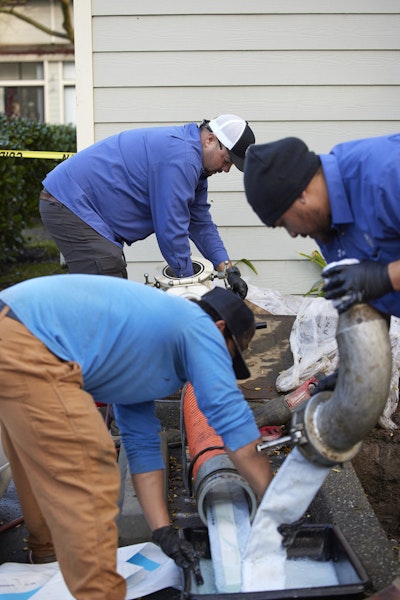Cured-in-place pipe lining has been around for more than 50 years. However, fumes emanating from styrene-based resins in the linings have concerned installers and some public health officials for just as long. The good news is that municipal leaders favoring a CIPP solution for...
Choosing CIPP Resins
Good project planning requires a knowledge of styrenes, epoxies and coatings
Popular Stories
Discussion
Comments on this site are submitted by users and are not endorsed by nor do they reflect the views or opinions of COLE Publishing, Inc. Comments are moderated before being posted.







